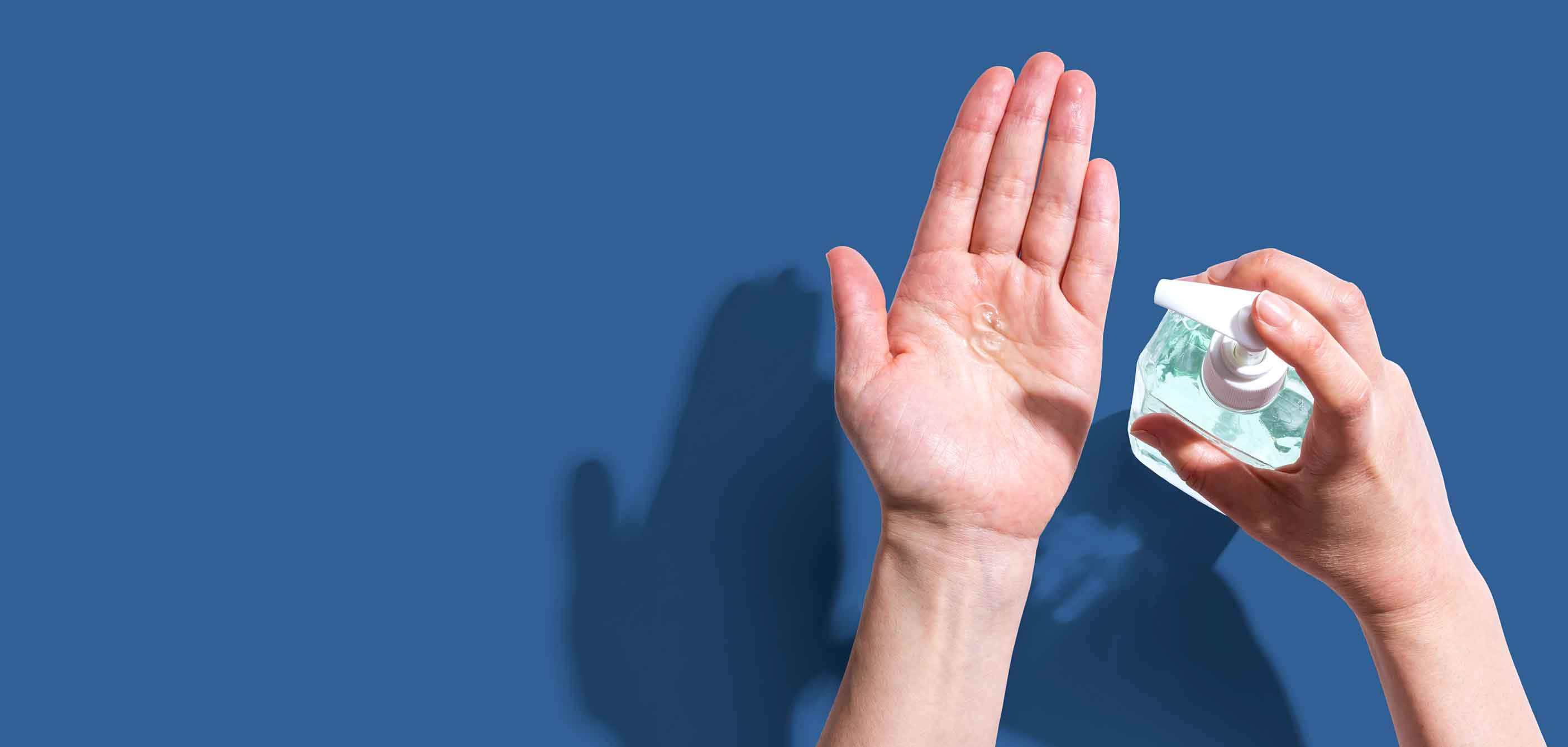Healthcare establishments must be able to demonstrate how and to what standard they are being cleaned.
The National standards of healthcare cleanliness 2021 apply to all healthcare environments and replace the National specifications for cleanliness in the NHS 2007 (and amendments) published by the National Patient Safety Agency.
Cleaning responsibilities
Assigning responsibility for specific cleaning functions is a significant and essential task.
Healthcare establishments must produce a local schedule of cleaning responsibilities detailing all items to be cleaned and who is responsible for cleaning each one.
Risk categories and standards for functional areas
Different functional areas do not carry the same degree of risk, they will require different cleaning frequencies and levels of monitoring and auditing.
All functional areas must be assessed and assigned to one of six functional risk (FR1–6) categories.
Identifying the FR category for functional areas is the crucial first step in applying the standards: the cleaning, monitoring and audit frequency and audit target scores are all directly linked to this.
Cleaning specifications – elements, cleaning frequencies and performance parameters
Once an organisation has identified its functional area risk categories, it must produce a ‘cleaning specification’ with more detailed information on how cleaning will be carried out. This specification should include:
- Cleaning elements – a list of individual items/categories of items that require cleaning
- performance parameters – the expected standard of each item (element) after cleaning
- cleaning frequencies – how often each item (element) should be cleaned, broken down by FR category.
The frequency of cleaning must be broken down by FR category. In the same way that functional areas need to be categorised according to risk, the frequency with which individual elements need to be cleaned will depend on the risk category they fall in. For instance, a toilet in an A&E department will need to be cleaned more often than one in a low traffic admin area.
Auditing and monitoring information
Auditing in all types of healthcare setting should provide clear evidence that cleanliness standards are being met safely and responsibly, and where they are not, detail any service deficiencies and areas for improvement.
The audit principles for the national standards provide a national approach to auditing healthcare cleanliness in all types of healthcare settings.
It is essential to demonstrate cleaning efficacy by auditing both the outcome of cleaning and the process by which the cleaning standards are achieved. To meet safe standards, the efficacy of the cleaning process is as important as the technical outcomes of cleaning, which is why it is now an area of focus.
Providing assurance that cleanliness has been delivered is critical; therefore, displaying the overall cleanliness result is now an important part of the audit process.
There are three audits:
- technical audit: checks and scores cleanliness outcomes against the safe standard
- efficacy audit: checks the efficacy of the cleaning process at the point of service delivery, i.e. the correct use of colour coding, equipment, materials, methodology, as well as supporting policies and procedures
- external audit: provides quality assurance and checks both the technical audit and the efficacy audit
Audit risk categories
The audit standard operates according to six functional risk (FR) categories and six target audit scores. Each cleanable clinical and non-clinical functional area in a healthcare facility is allocated to a FR category, the crucial first step in applying the standards since the level of monitoring and audit directly links to the allocated FR.
Audit scores
The audit scores for each functional area are represented in two ways: a percentage score and a star rating score. The percentage score is for internal verification and scrutiny that a safe standard has been achieved, whereas the star rating score is for external verification of this.
Star rating score
Star ratings are a simple and effective means of providing meaningful information about quality to patients, the public and staff.
The star rating must be derived from the original audit score at the time of audit and cannot be updated as part of any subsequent rectification process. The star rating score can only be updated following the next full re-audit.
Functional areas rated at 3 stars or fewer must be subject to an improvement plan with agreed timescales appropriate to the functional area and the score achieved
Even 5 star or 4-star ratings are likely to generate remedial actions to improve unless the functional area scores 100%.
What do you need to do?
Identify the functional risk rating for each functional area. Each functional area does not carry the same degree of risk, they will require different cleaning frequencies and levels of monitoring and auditing. This is a crucial first step in applying the standards.
Compose a detailed cleaning specification, this give more detailed information on how cleaning will be carried out, and will include:
- Cleaning elements - a list of individual items/categories of items that require cleaning
- Performance Parameters - the expected standard of each item (element) after cleaning
- Cleaning frequencies – how often each item (element) should be cleaned, broken down by FR category
A commitment to cleanliness charter - sets out an organisation’s commitment to achieve a consistently high standard of cleanliness. All organisations are required to display the charter where it will be seen.
Completed responsibility framework - a local schedule of cleaning responsibilities detailing all items to be cleaned and who is responsible for cleaning each one.
Carry out a variety of audits - technical, efficacy and external validation
Display a star rating based on your audit score - displayed in areas accessed by patients and where they will be visible, and close to the Commitment to Cleanliness Charter.
For NHS Dental Practices it is advised that the below are completed by April 2022:
- Identify the functional risk rating for each functional area
- Completed responsibility framework
- Compose a detailed cleaning specification
- A commitment to cleanliness charter
- Technical audit
The star rating does not need to be displayed until November 2022.
Completing the above as soon as possible gives you enough time to check the technical audit is sufficient, that all staff are aware of their responsibilities, to calculate your percentage rating and work on this before it must be converted into a star rating.
The efficacy audit will be completed after November 2022.
The external audit is not yet compulsory but considered best practice.
If you require further information or support, please contact our team:
Call: 0800 028 1697
Email: sales@ddgroup.com



